We use cookies to make your experience better. To comply with the new e-Privacy directive, we need to ask for your consent to set the cookies. Learn more.
Trunkmaker origin
1338 - 1900
1338 - 1380
It was in the 14th century, under Charles V, that the profession of trunk-makers appeared, with the manufacture of wooden chests, inglenook bookcases, bedside tables or chests. These chests were lined or sewn with thick leather and were used mainly to transport goods.
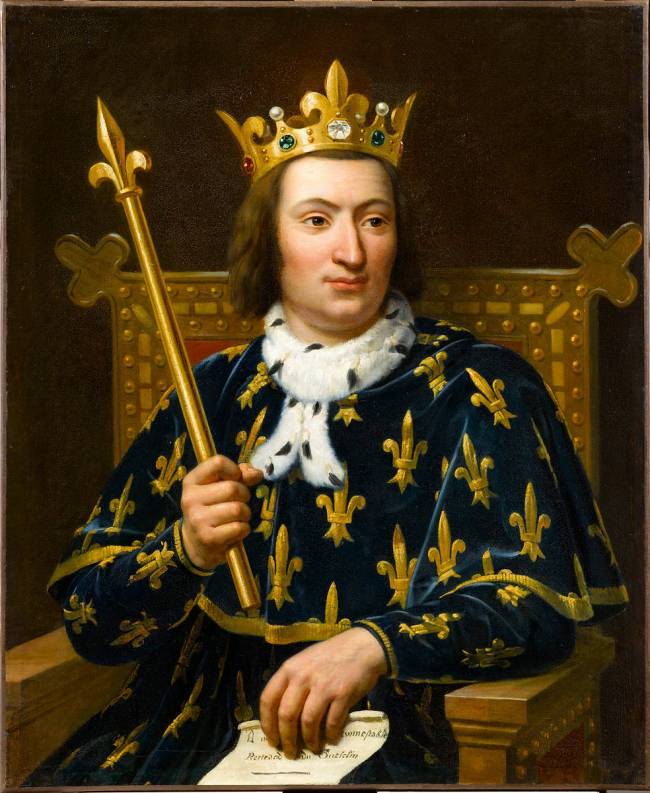
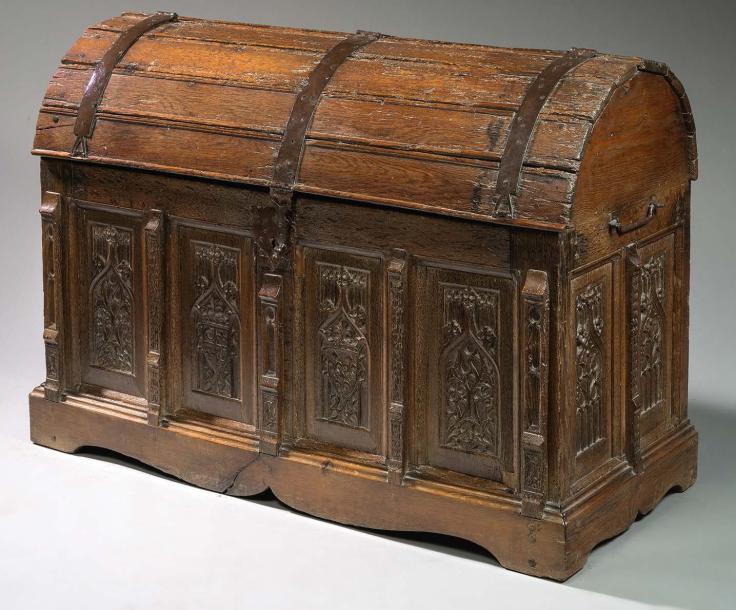
1479
There were only seven trunk makers in the kingdom of France. The trunk makers decided to form a "corporation" in order to distinguish their trade from that of the saddler-archer and to defend their interests. Two decrees issued by Louis XI were signed in 1481 at the Château de Vincennes.
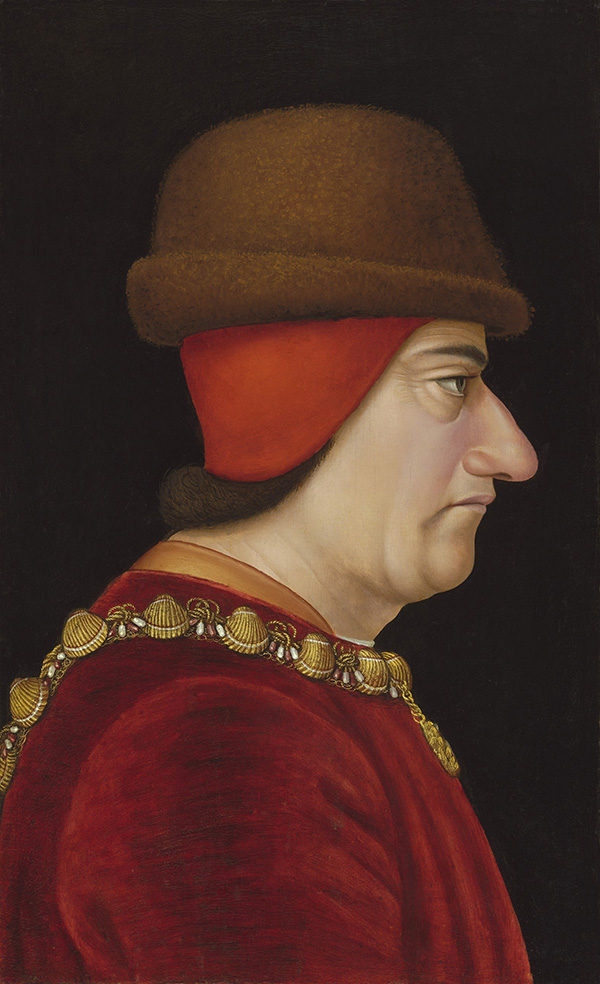
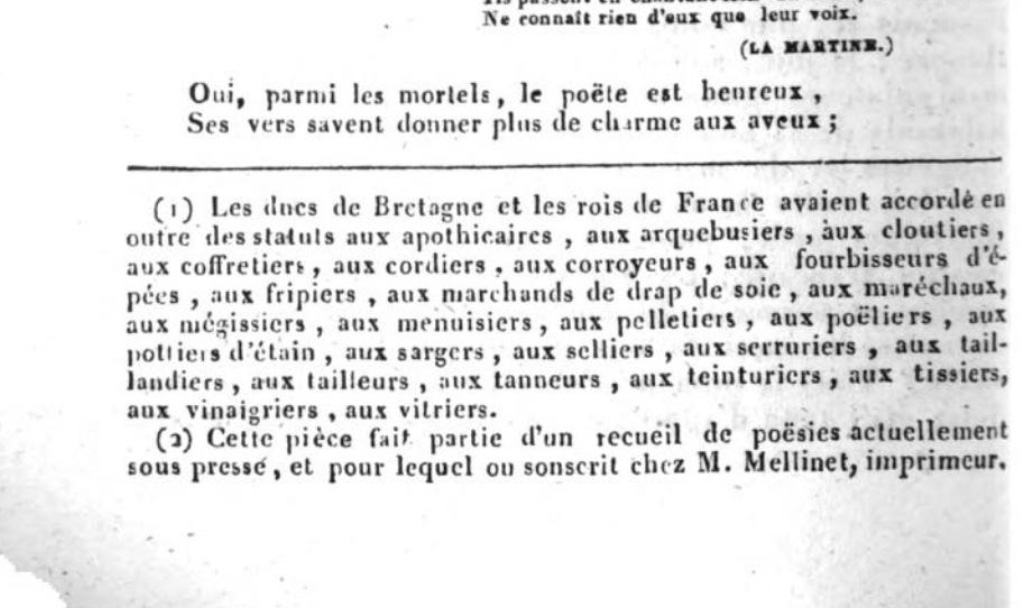
1515 - 1547
It was following the development of carriages in France, under François I, that a carpenter decided to make "trunks" for wealthy travellers. This craftsman, south of Poitiers, was called Maltier and later gave his name to this profession.

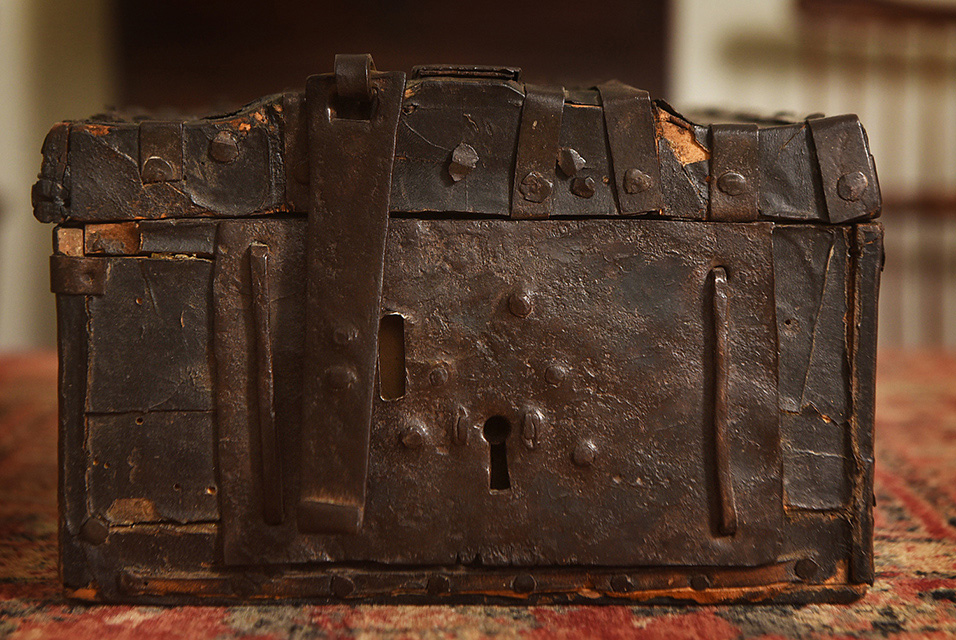
1596
The term Coffretiers Malletiers was made official by Henri IV on 28 September 1596. The spelling remained uncertain between "Maletier" (the original name of the craftsman) and "malletier" until the revolution. The document "Ordonnances et statuts des maitres coffretiers-maltiers de la ville de Paris" can be consulted at the bnf.
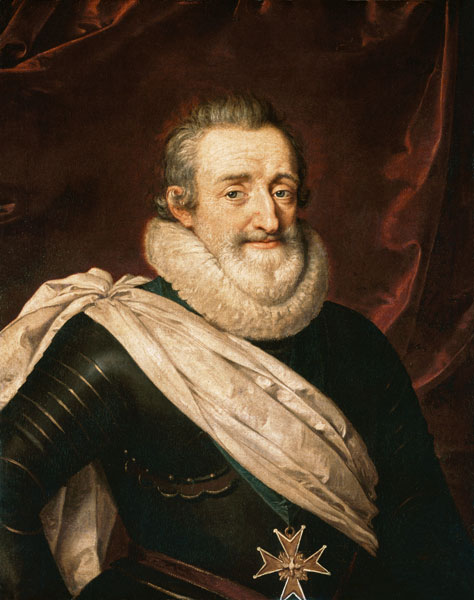
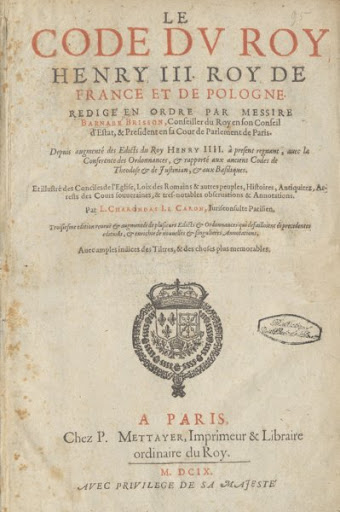
1718
The term 'valise' is first found in a dictionary, described as a large bag attached to the horse's rump. The term "tea bag" also appears when the Duchess of Orleans says "My son gave his sister a small case where she has everything she needs to put the tea".
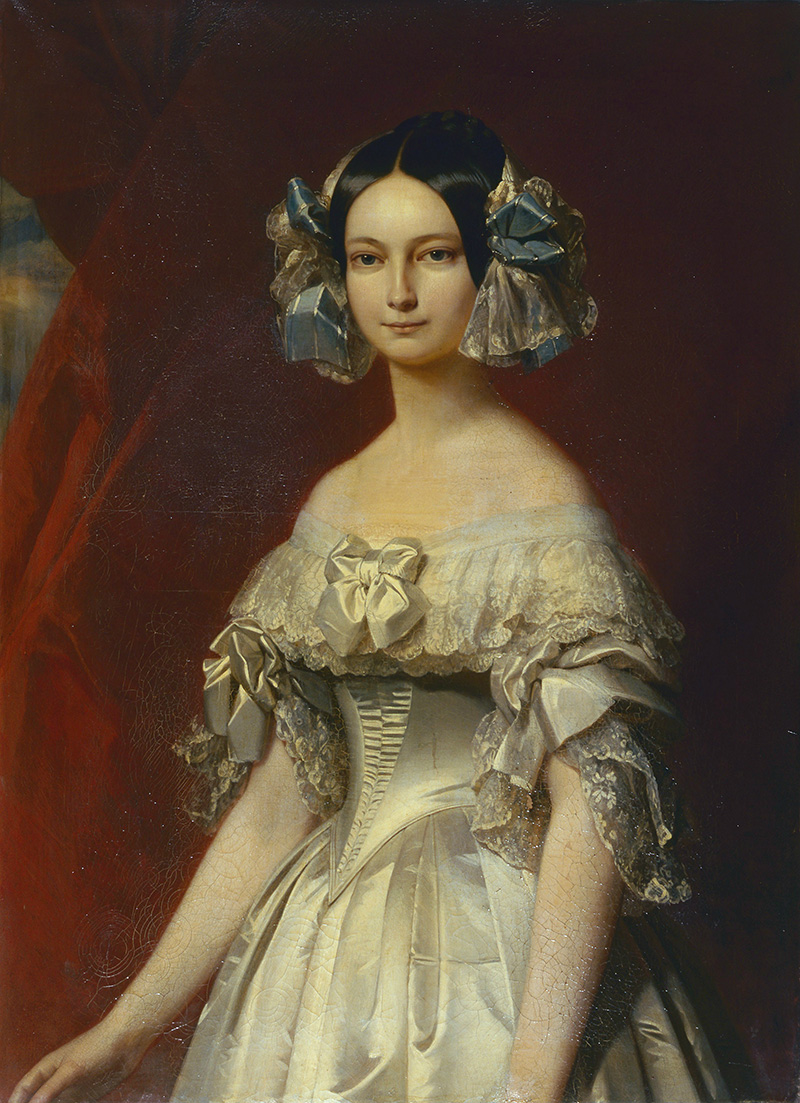
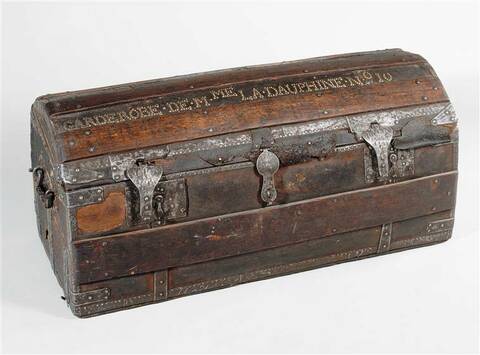
1792
A craftsman named François Martin opens his first workshop in Paris. The craftsman soon became the packer for Her Royal Highness the Duchess of Berry and later left the business to the young François Goyard.
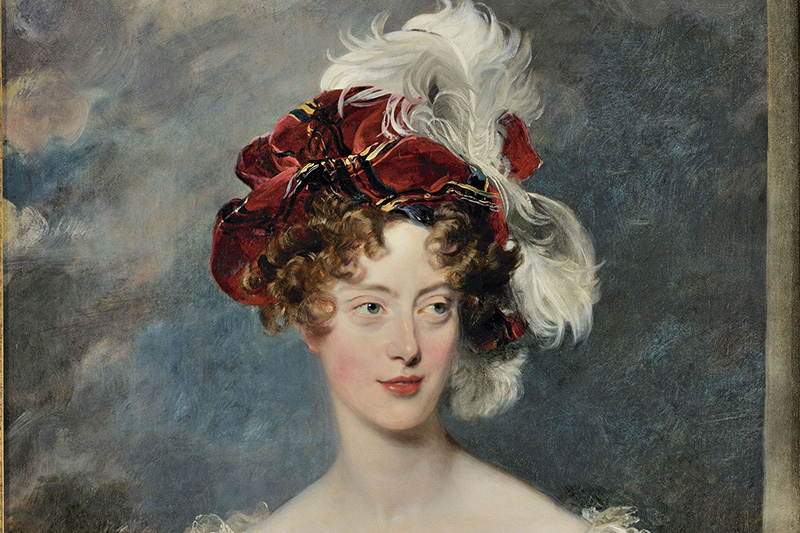
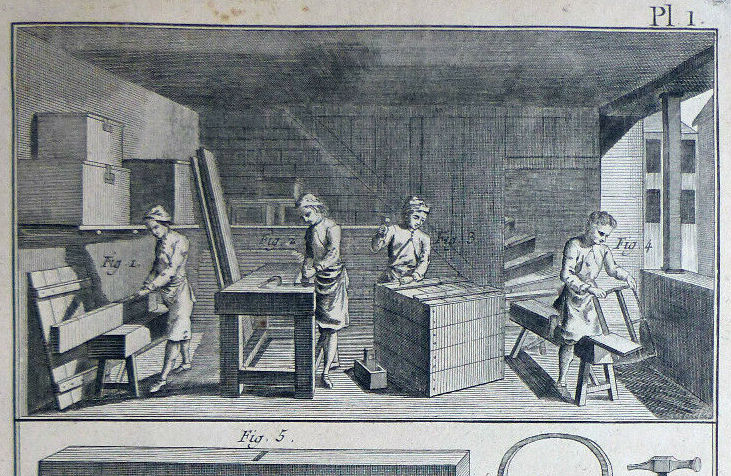
1843
After the presentation of the first trunk bed a year earlier, Alexis Godillot and his son create the company Bazar Du Voyage, rue Neuve-saint-Augustin. To develop the new market of travel goods, with leather products for hunting or fishing. They were to make a name for themselves by creating the first canvas travel bags, with a leather clasp and two leather handles. The company was managed five years later by the Prussian Alphonse Walker, still under the orders of Alexis Godillot, who employed more than 1000 workers in Paris.

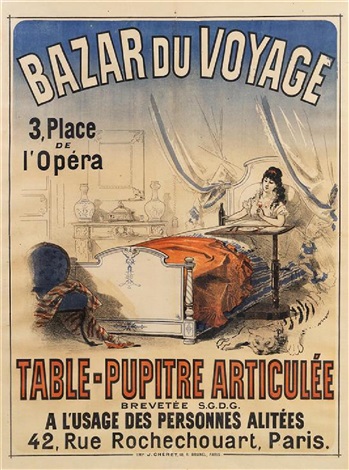
1845
Charles Etienne Rouselle settled at 229 rue Saint-Honoré and created the company in the United States. A year later, in 1846, François Martin Coulembier declared himself to be an emballeur Layetier when he married and, with his sons Jules Ferdinand and Charles Ferdinand, gave birth to the Moynat company.
In 1849, there were 382 packers in the city of Paris. This number will be 420 in 1860, then will exceed 600 in 1878.
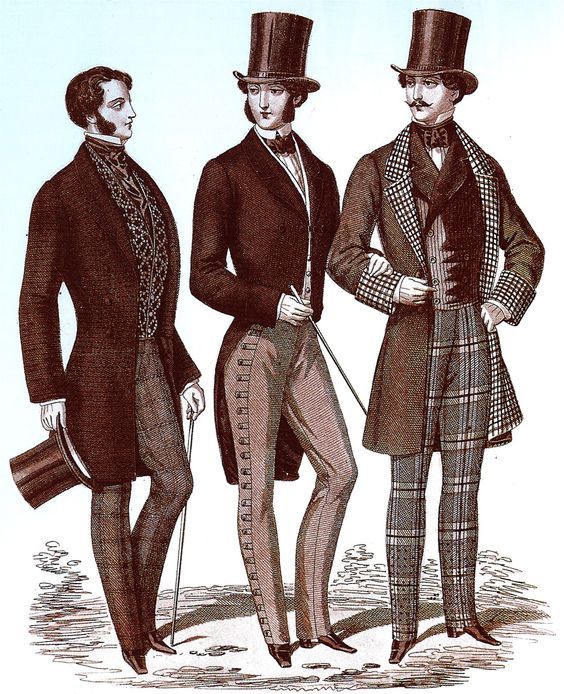
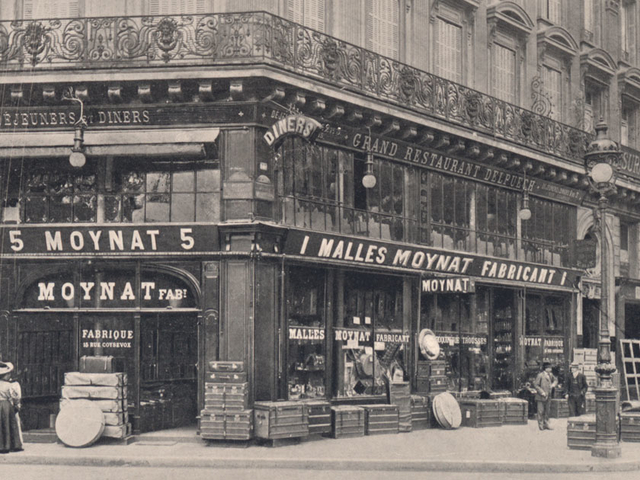
1854
Two years before the patent was filed in Vienna for the first wardrobe trunk, the young Louis Vuitton declared himself a trunk-maker and decided to flatten the bonnet of traditionally curved trunks.

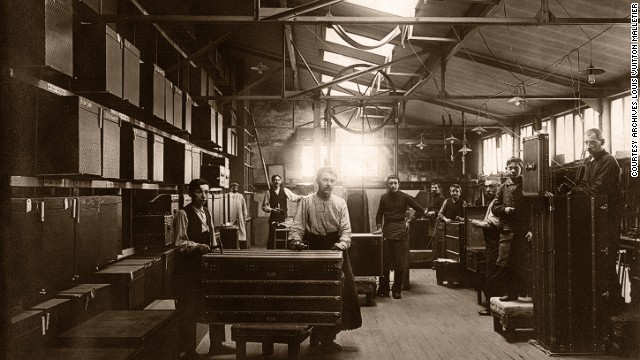
1885
At the age of 25, Edmond Goyard takes over his father's business. That same year, the Coulembier sons took over the business and partnered with Pauline Moynat and Louis Vuitton opened its first shop in London at 289 Oxford Street.
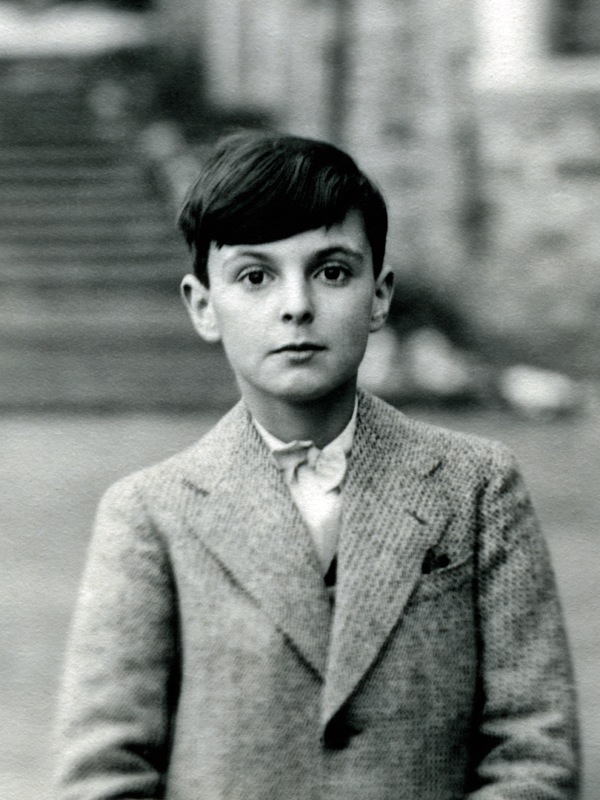
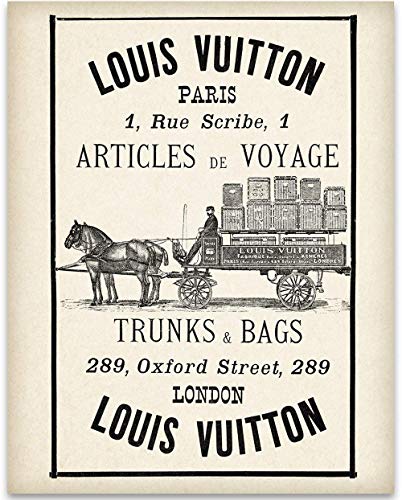
1890 - 1892
The death of François Goyard was announced in 1890, leaving the company to be taken over completely by his son. Two years later, it was Louis Vuitton who disappeared in the night of 27 February 1892 in the Asnières pavilion.
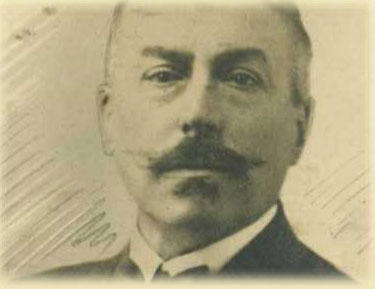
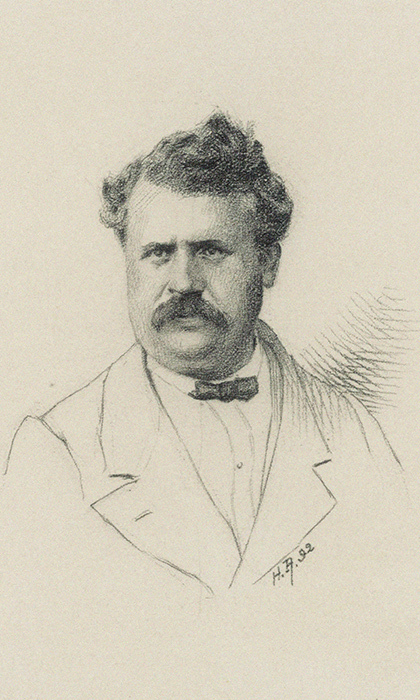
1900
The Innovation brand was created two years earlier by S.W. Bonsall, with a very large factory in Bayonne, New Jersey. The first Louis Vuitton monogram canvas has been in existence for four years and will be presented at the World's Fair. George, who was on the organizing committee, awarded a prize to Goyard, presenting their new Goyardine canvas. Five years later, the artist Henri Rapin began a long collaboration with Moynat.
